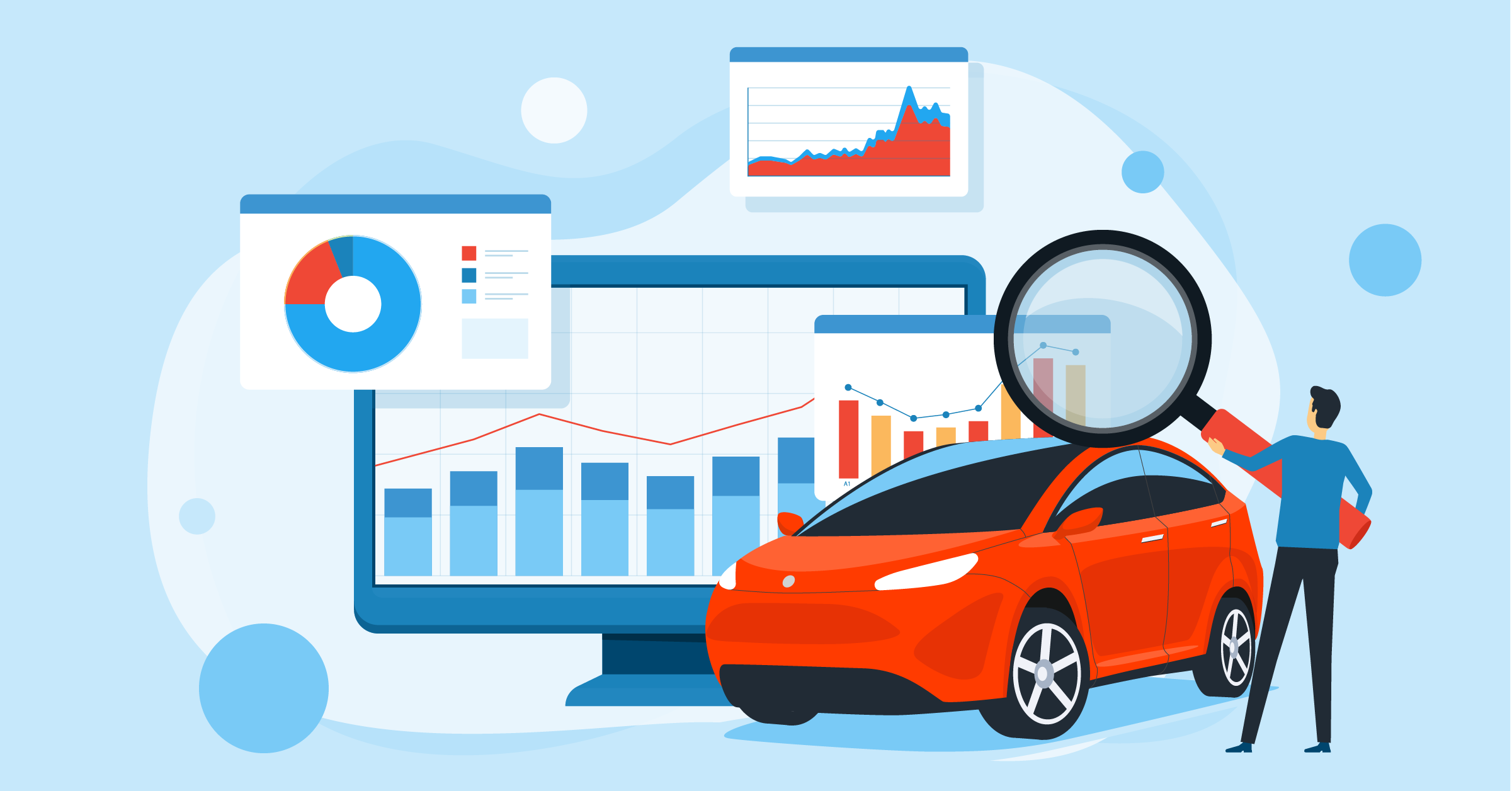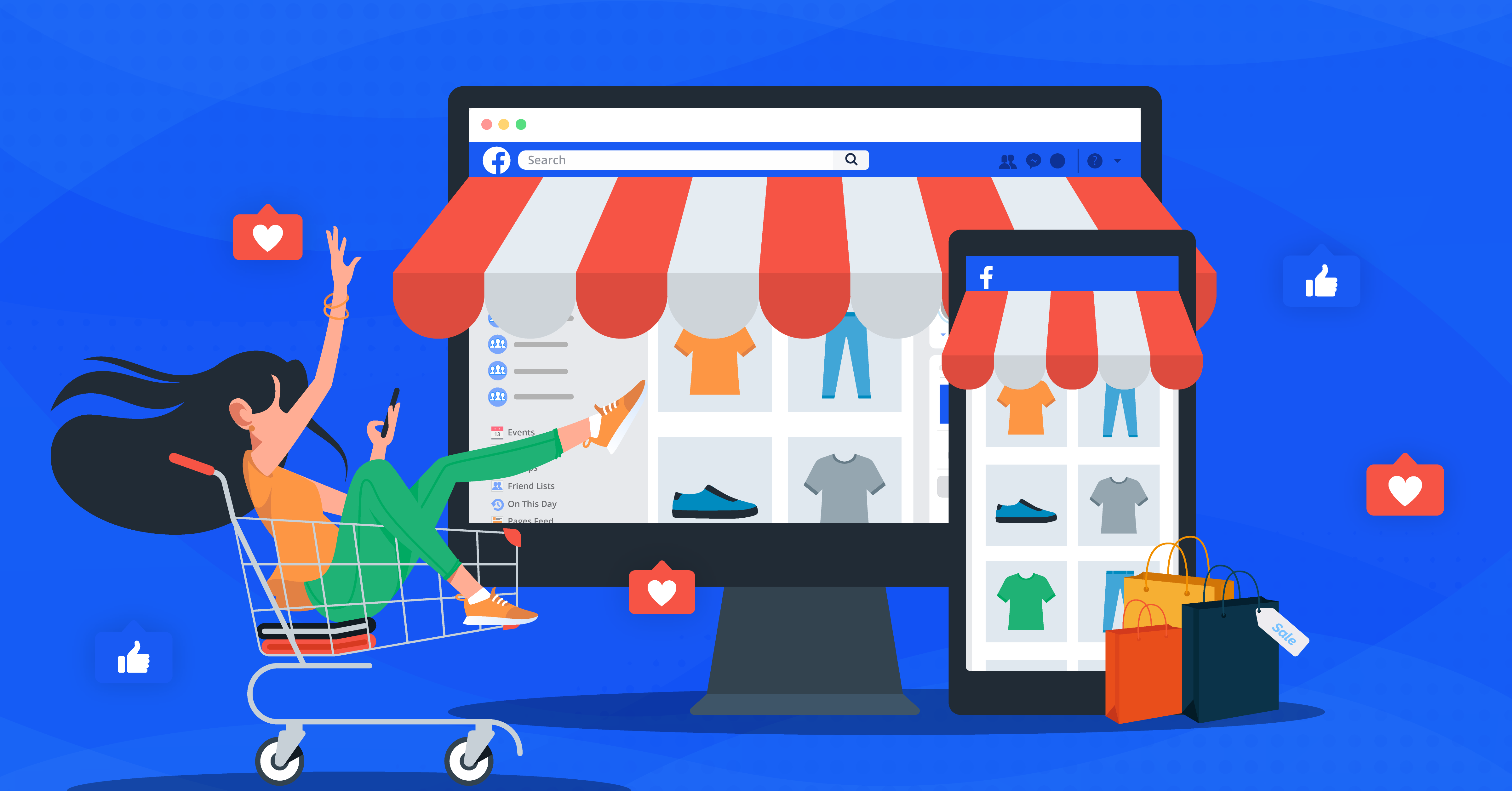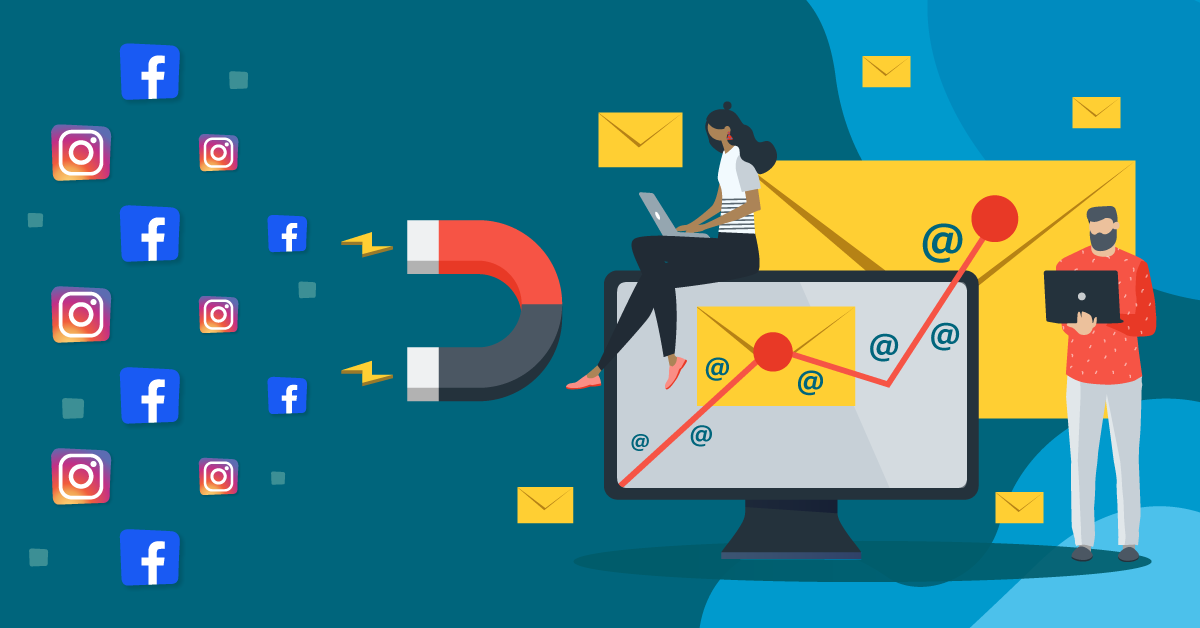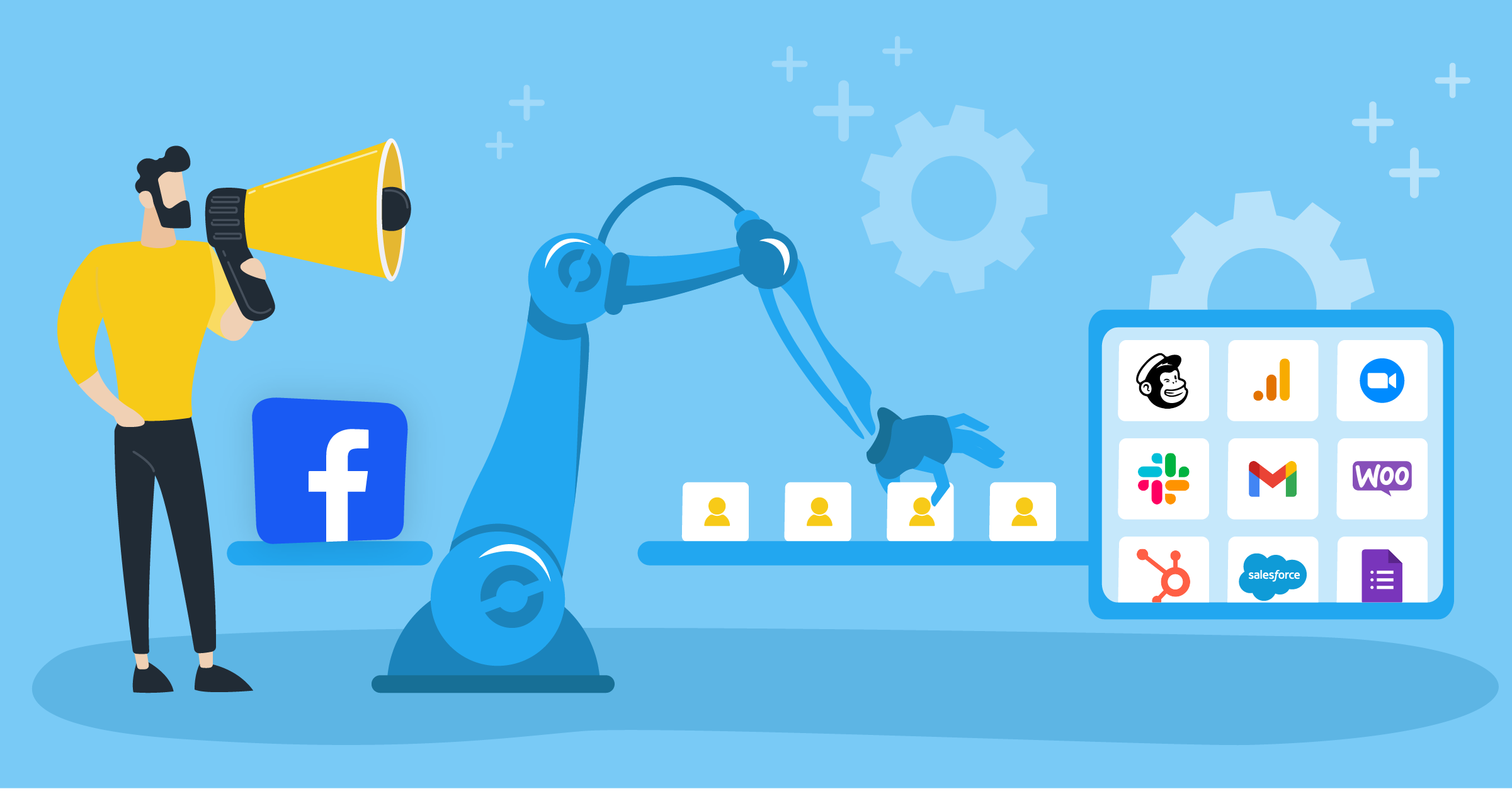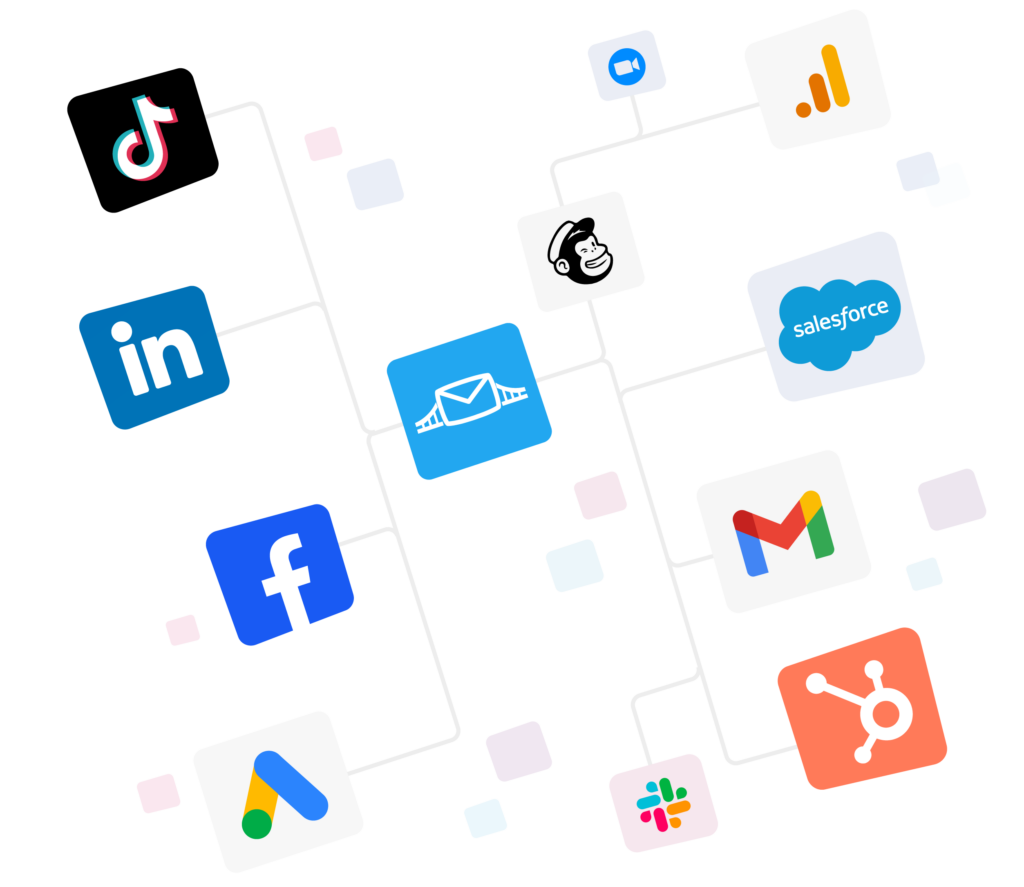
Most people don’t like ads: Myth!
They don’t like irrelevant ads.
Every day, your ideal customers scroll past thousands of posts, stories, and ads that have nothing to do with them.
If your message looks like one more random interruption, they’ll ignore you, too. No matter how “creative” your campaign is.
The fix isn’t more budget. It’s sharper targeting.
You’ll need to know not just who to reach, but how to keep them in your funnel.
In this guide, you’ll learn how to find your target audience on Instagram or on Facebook.
In addition, we’ll review how to turn those audiences into segments you can retarget automatically with tools like Facebook custom audiences integrations.
What is a target audience?
Your target audience is the specific group of people you want to reach with your marketing because they are most likely to buy from you.
They usually share:
- Demographics (age, location, job title, income)
- Interests and behavior (what they follow, search, buy, and click)
- Needs and pain points (what they’re trying to solve right now)
If your answer to “Who are we targeting?” is “everyone,” or “SMBs,” or “people who like our product,” you don’t have a target audience.
You need to know them on a very granular level. Doing a buyer persona profile like this one can help a lot.
How to find my target audience?
Strategy 1: Start with the people who already buy from you
Before you ask, “How do I find my target audience?” ask, “Who’s already buying?”
Your current customers are your best dataset.
Look at:
- CRM data: Industry, company size, job titles, deal size, sales cycle length
- Web analytics: Top landing pages, time on page, paths to conversion
- Ad platforms: Which audiences and creatives drove the cheapest leads and best customers
Ask simple but sharp questions:
- Who closes fast and sticks around?
- Who churns quickly or never buys after becoming a lead?
- Which channels bring in high-value customers vs. window shoppers?
From this, you can define 2–3 core segments.
For example, Marketing managers at ecommerce brands, US + EU, $1M–$10M revenue. Or, coaches and consultants are selling high-ticket services via webinars.
This becomes your base target audience.
Everything else on Instagram, Facebook, and retargeting should support reaching and refining these people.
Here’s a breakdown of retargeting vs. remarketing.
Strategy 2: Listen where your audience already talks
Is finding your target audience about tools and dashboards? Yes, but also about your brand messaging.
You want to understand how they describe their problems.
Read what users write and pay attention to the exact words they use. This also provides you with insights on what they believe will fix their problem.
Places to look for these insights are:
- Your support tickets and sales calls
- Reviews (both yours and your competitors’)
- Reddit threads, Facebook groups, LinkedIn comments
- Q&A in webinars and live events
Look for patterns and then document them.
Those are the exact phrases you can use to refine your target audience and create more precise segments.
They also feed into your later ad copy and custom audiences (e.g., segment “manual-work complainers” vs. “attribution-obsessed marketers”).
Strategy 3: How to find your target audience on Instagram
If you’re asking, “How do I find my target audience on Instagram?”, stop thinking only in hashtags and aesthetics.
Take your attention to behavior and proof. Here’s what this means:
- Study your competitors’ audiences
Before you start your social account, do this step. Search for 3 to 5 accounts that sell a similar product. Anyone targeting the same industries or problems.
Look at:
- Who comments and what they say
- Which posts drive high engagement from people who look like buyers (not bots or “inspo” hunters)
- What topics get the most thoughtful responses
This shows you where your target audience already hangs out on Instagram.
- Audit your current followers
If you have an active account, see Instagram’s built-in analytics to check:
- Age ranges
- Locations
- Active times
- Content that gets saved and shares (not just likes)
If your followers don’t match your ideal customer profile, you might be attracting the wrong audience. Or, your content entertains but doesn’t really land with anyone.
That’s why you need to fix your content before working on the ads you pay for.
- Use hashtags and search like your audience
Think about what your target audience would search for. And name your product after these search terms.
Here’s an example.
Users search for “Facebook ads targeting, lead ads, marketing automation, and ecommerce conversion”, and need those services. During the search, they will not think of typing LeadsBridge.
Even if they are well familiar with LeadsBridge, they are thinking about a solution and not a company.
So create content around those topics and use a set of relevant hashtags. Don’t spray 30 random tags. Stick to a mix of:
- Niche hashtags specific to your solution or problem
- Industry hashtags
- A few broader ones for reach
Also, tag responses in your CRM or spreadsheet. This is your live Instagram audience research.
Later, you can push these people into a custom audience and sync them to ad platforms using a tool like LeadsBridge.
Strategy 4: How to find my target audience on Facebook
No doubt, Facebook still has one of the richest ad ecosystems.
If you are pondering how to find my target audience on Facebook, you need to think strategically. That means combining native tools, groups, and paid experiments.
- First, use Meta’s audience tools
Inside Ads Manager, build test audiences using:
- Interests related to your niche (tools, competitors, problems)
- Job titles (for B2B)
- Behaviors (e.g., engaged shoppers, page admins)
Then, run small-budget test campaigns. For instance, use the same creative across different audiences. Or, compare CPM, CTR, and conversion rate.
- Study Facebook groups and Pages
Search for groups where your ideal customers might be: Shopify growth, performance marketers, local business owners, etc.
Keep in mind that you’re not there to spam. So avoid making irrelevant (or salesy) comments about your tools.
You’re there to learn, refine your target audience, and spot trigger phrases you can later use in ads.
- Build and refine custom audiences
Once you know who you’re targeting, build custom audiences from:
- Website visitors (by page or event)
- Instant forms
- Customer lists (emails, phone numbers, CRM data)
This is an ongoing process and not a one-time task.
If you want actual audience segments that are worth your ads, you need to continuously feed this data from your CRM and other databases back to Meta.
You can do this via automated data bridges using a Meta business partner.
Here’s a step-by-step guide to Facebook custom audiences.
Strategy 5: Turn audiences into clear segments and experiments
Finding your target audience is a system.
Once you’ve collected data from your CRM, Instagram, Facebook, and other channels, break people into actionable segments.
These segments can be new leads who downloaded a specific guide, or trial users who visited your pricing page 3 or more times.
Then decide which segment gets prospecting campaigns, retargeting campaigns, or should be excluded.
At this point, you need a short data feedback loop:
- Create a detailed hypothesis.
For instance, Marketing managers at companies with 10–50 employees, who visited the pricing page twice, will respond best to a ‘stop losing ad spend to bad data’ message.
- Build that segment in your CRM or marketing tool. It looks something like this on Salesforce®, for example:

- Then, having connected your CRM to Meta, you can run a campaign just for this segment.
This is how you move from “Who is my target audience?” to “We know exactly which segments produce profit.”
How to retarget your audience using automation
Knowing your target audience is half the game. The other half is staying in front of them automatically, across platforms.
LeadsBridge connects your ad platforms (Meta, Google, LinkedIn, TikTok, etc.) to your CRM, email service, and other tools so your leads, customers, and events stay in sync in real time.
Let’s say you want to retarget:
- People who started a trial but haven’t activated
- High-intent leads who visited pricing 2+ times
- Existing customers who haven’t bought in 90+ days
Here’s a step-by-step guide to your automation, in addition to one-click automation integrations you can set up in a few minutes:
Step 1: Connect your CRM or marketing tool like HubSpot, Salesforce, Mailchimp, etc, so that your incoming leads all get collected automatically. You can do this via lead sync.
Step 2: Select custom audiences as the destination. Your destination can be Google Customer Match, Facebook custom audience, LinkedIn Matched Audiences, or TikTok Custom Audiences.
Once connected, choose which segment you want to sync (e.g., “Trial – inactive,” “High-intent leads”).
Step 3: Map your fields. Email, phone, first name, last name, and any other identifiers that help match users.
Step 4: Set sync rules and frequency. Sync new records in real time. Also update audiences when a contact changes segment (e.g., moves from “lead” to “customer”).
Learn more about CRM retargeting here.
Step 5: Build campaigns in Ads Manager. Use these synced audiences to retarget (show specific offers or education), exclude customers from prospecting, or create Lookalike Audiences based on your best segments.
Just a reminder that you have options to optimize your audience targeting during the campaign creation setup on Meta, specifically the Conversion Leads performance goal.
However, you need to implement the Conversions API before being able to use this feature.
Takeaways
Finding your target audience is no longer optional. Ad costs go up. Privacy rules get stricter. Platforms change. The only stable advantage is how well you understand and use your audience data.
You already have the raw materials: CRM records, leads, website visitors, and social engagement.
The next step is to connect them.
Discover how LeadsBridge can sync your custom audiences across platforms in real time.



















